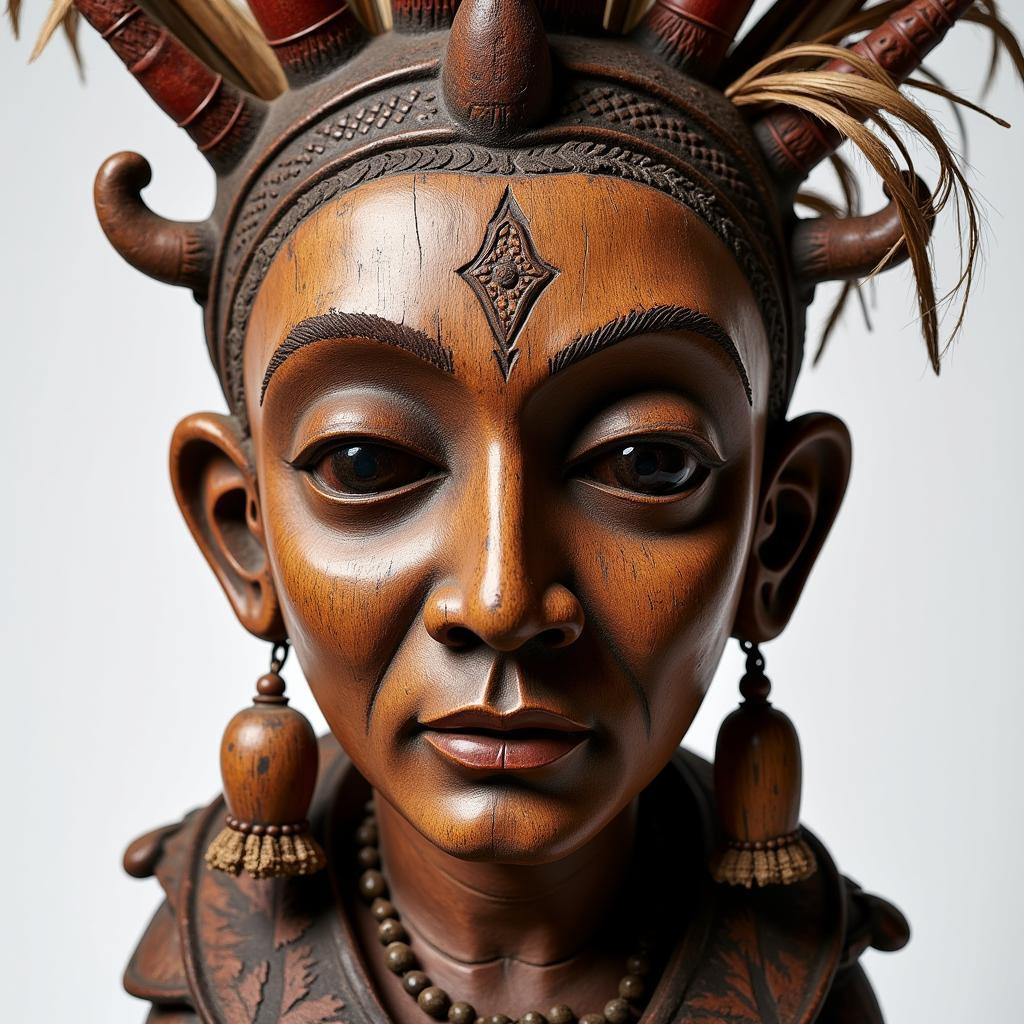Exploring the African Crocodile Range: Habitats, Species, and Conservation
The African Crocodile Range encompasses a vast and diverse territory across sub-Saharan Africa, revealing the fascinating adaptability of these ancient reptiles. From the Nile crocodile’s dominance to the smaller dwarf crocodile’s secretive existence, this article dives deep into the world of African crocodiles, exploring their distribution, behavior, and the challenges they face.
Decoding the African Crocodile Distribution
African crocodiles are not uniformly distributed across the continent. Their presence is heavily influenced by the availability of suitable habitats, primarily freshwater sources like rivers, lakes, and wetlands. The Nile crocodile, the larger and more widely recognized species, boasts a range that spans across much of sub-Saharan Africa, from the Nile River basin to southern Africa. However, the dwarf crocodile, true to its name, prefers more secluded habitats in the rainforests and swamps of Central and West Africa. This difference in habitat preference is a key factor in understanding the distinct ranges of these two species.
Understanding the distribution also requires considering the impact of human activities. Habitat loss due to deforestation and agricultural expansion poses a significant threat to crocodiles. In addition, human-wildlife conflict, often stemming from competition for resources, can lead to crocodile attacks on livestock or even humans, further exacerbating the challenges for conservation efforts.
What Factors Influence Crocodile Distribution?
Several factors play a role in shaping the African crocodile range. Water availability is paramount, as crocodiles are semi-aquatic creatures. Temperature also plays a crucial role, as crocodiles are ectothermic, relying on external sources of heat to regulate their body temperature. This explains their preference for warmer climates. The presence of suitable prey, such as fish, amphibians, and even larger mammals, is another crucial determinant of their distribution.
Where Can You Find Nile Crocodiles?
Nile crocodiles are found across a wide swathe of Africa, from Egypt to South Africa and from Senegal to Somalia. They are particularly abundant in the Nile River basin, hence their name. african alligator offers more insight into the differences between alligators and crocodiles.
Where do Dwarf Crocodiles Live?
Dwarf crocodiles, in contrast, are restricted to the rainforests and swamps of Central and West Africa. Their preference for dense vegetation and slow-moving water distinguishes their habitat from that of the Nile crocodile.
African Crocodile Species: A Closer Look
While the Nile crocodile and the dwarf crocodile are the most prominent species, understanding the nuances of their behavior and adaptations is crucial for appreciating their role in the African ecosystem. african food facts for kids can help the younger generation learn more about the diverse ecosystem.
The Nile Crocodile: Apex Predator of African Waterways
The Nile crocodile, Crocodylus niloticus, is the largest freshwater predator in Africa, reaching lengths of up to 6 meters. They are formidable hunters, ambushing their prey from the water’s edge and using their powerful jaws to secure their catch. Their role as apex predators helps regulate the populations of other animals within their ecosystem.
“Nile crocodiles play a vital role in maintaining the balance of African aquatic ecosystems. Their presence ensures the health and stability of the food web,” explains Dr. Anika Moosa, a leading herpetologist specializing in African crocodile research.
The Dwarf Crocodile: Master of Camouflage
The dwarf crocodile, Osteolaemus tetraspis, is significantly smaller than its Nile counterpart, rarely exceeding 1.9 meters in length. Their smaller size and preference for dense vegetation make them masters of camouflage, allowing them to ambush smaller prey like fish, crabs, and frogs.
Conservation Challenges and Efforts
African crocodiles, like many other wildlife species, face increasing threats from human activities. Habitat loss, poaching for their skin, and human-wildlife conflict are among the most significant challenges. “Conservation efforts are crucial to ensuring the long-term survival of these magnificent creatures,” states Dr. Moosa. “Protecting their habitats and mitigating human-wildlife conflict are key priorities.” Initiatives focused on community-based conservation and sustainable resource management are proving crucial in protecting these ancient reptiles. african buffalo vs bison discusses another iconic African animal and its conservation challenges. You might also be interested in learning about the african bison like animal and the african animal bison.
Conclusion
The African crocodile range tells a story of adaptation, resilience, and the complex interplay between wildlife and human activities. Understanding their distribution, behavior, and the challenges they face is crucial for developing effective conservation strategies. By working together, we can ensure that these ancient reptiles continue to thrive in their diverse African habitats.
FAQ
- What is the largest crocodile species in Africa? The Nile crocodile is the largest.
- Where do dwarf crocodiles live? They live in the rainforests and swamps of Central and West Africa.
- What are the main threats to African crocodiles? Habitat loss, poaching, and human-wildlife conflict.
- What is the difference between the Nile crocodile and the dwarf crocodile? Size and habitat preference are the main differences.
- Why is it important to conserve African crocodiles? They are keystone species, playing a vital role in maintaining ecosystem balance.
- How can I contribute to crocodile conservation? Support organizations working to protect crocodile habitats and educate others.
- Where can I learn more about African crocodiles? Research online, visit reputable zoos, and read books about African wildlife.
For more information and assistance regarding African wildlife, feel free to contact us at +255768904061 or kaka.mag@gmail.com. You can also visit us at Mbarali DC Mawindi, Kangaga, Tanzania. We have a 24/7 customer service team ready to assist you.
